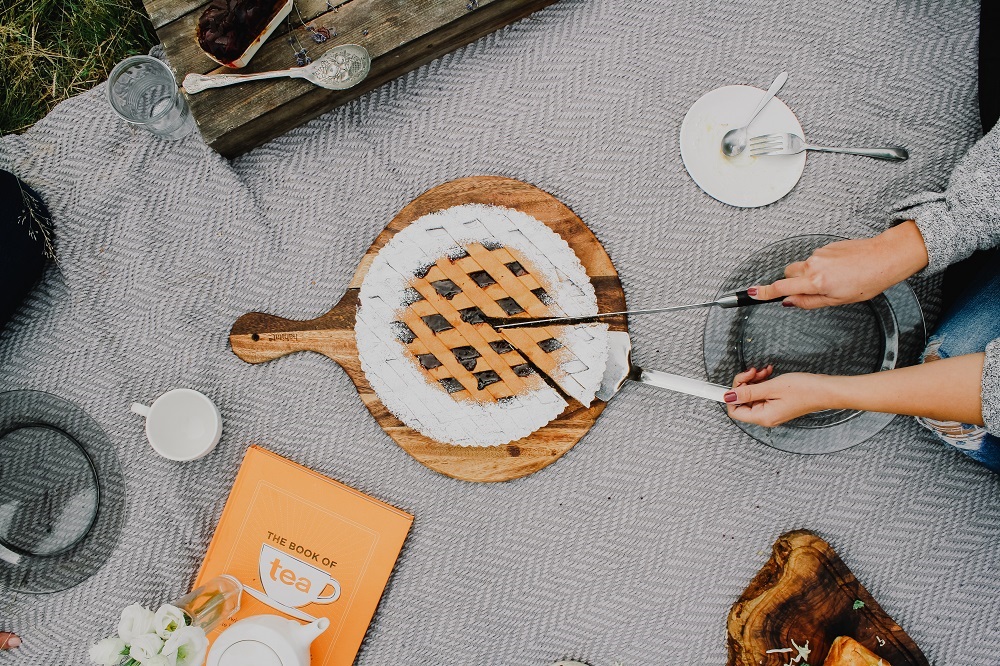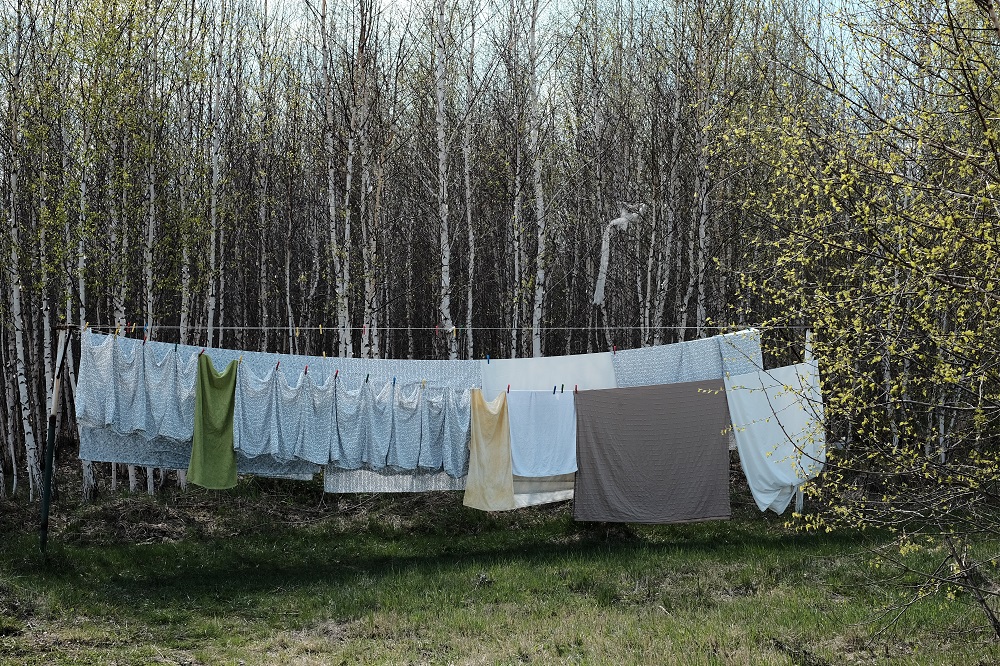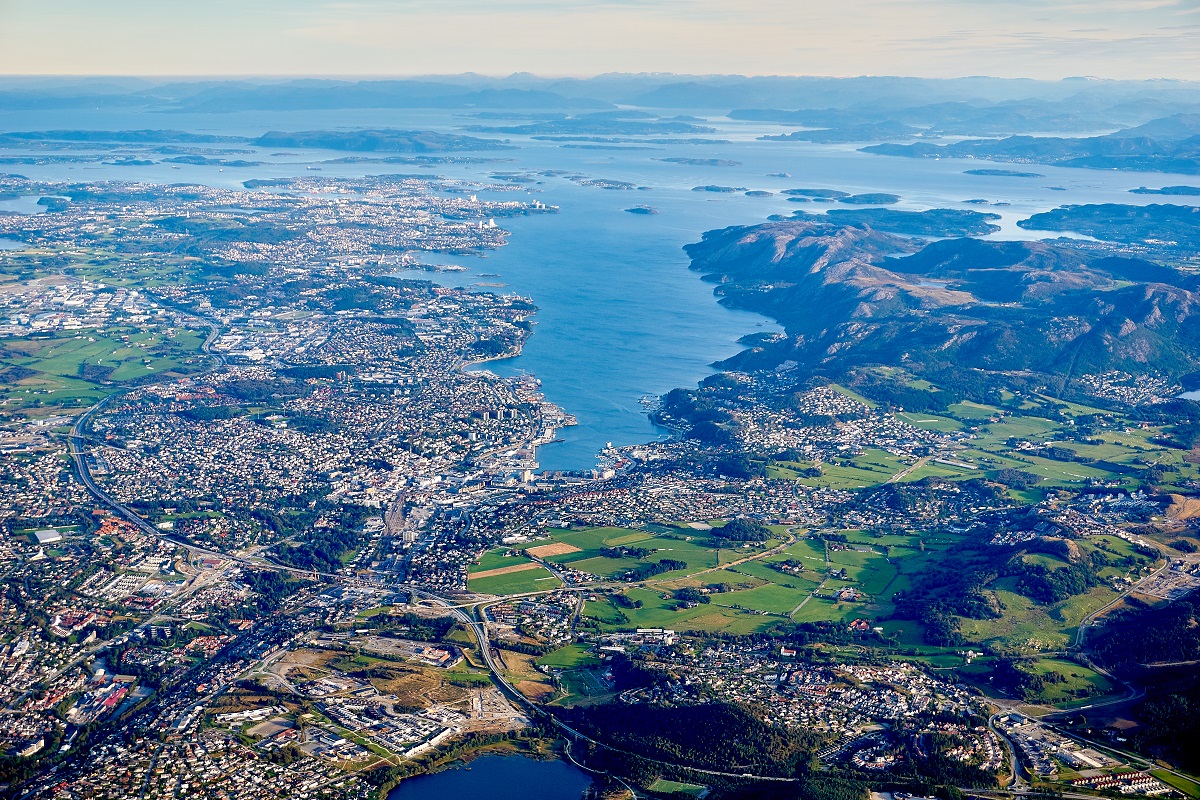In 2016, a difficult to pronounce Scandinavian home & lifestyle trend swept the UK.
Hygge
Hygge (hue-gah), a Danish word, has no English translation but represents a feeling of being warm, safe, comforted and sheltered. Hygge is about being not having. It is a sense of contentment with the people and places that anchor us. It is a precious moment or event rather than an enduring phenomenon, often defined by contrast – a comforting dinner with friends at a candle lit table on a cold dark stormy night.
The popularity of hygge is perhaps a response to the chaos in the world around us. A way of momentarily retreating from the world and being more connected with the things that really matter to us.
Hygge is a feeling and lifestyle known already to many of us but the rise in popularity of the Danish concept in the UK has been associated with an explicit effort to hygge more – to consciously make spaces which instigate hygge and to take time to pause in our busy lives to do hygge activities.
The trend is transforming space making across northern Europe, as the trend flows from Scandinavia. First home and lifestyle and now I am seeing pioneering businesses embracing hygge principles.
The prevalence of hygge in the UK psyche has now led to a follow on concept. In 2017 we welcome Lagom (Lag-gom).

Lagom
Lagom is a Swedish word meaning ‘just the right amount”. Not too much, not too little — just right.
Whereas words like ‘sufficient’ and ‘enough’ have more negative associations with abstinence or wanting more, Lagom takes virtue in moderation and takes happiness in having this Goldilocks amounts.
Trewin Restorick, CEO of Hubbub Foundation and the pioneer of Lagom through a project with the Scandinavian homeware brand IKEA says;
Lagom is gaining popularity because people are increasingly wanting to take control of their lives. They want to spend money wisely, regain lost skills, ensure they are not harming the environment and take a more active role in their immediate community. The spirit of Lagom captures these ambitions.
Lagom is viewed favourably by the sustainability minded as a counter to the excesses and waste associated with consumerism. The adoption of these trends for the reasons of being fashionable and embracing the Scandi culture often has the co-benefits of coming with a lower carbon footprint.
The wider importance of Lagom however is that businesses are seeing new models for generating profit. Lagom represents a move away from models of excessive consumerism, pushed by retailers with seasonal trends, towards a more quality and durability model associated with buying less often but buying quality, and linked to wider ideas of the circular economy.

Mainstreaming low carbon living in this way is crucial as for many years as I have advocated that a lower carbon footprint does not equal a lower quality of life. In fact – exactly the opposite!
For me, both hygge and lagom offer a timely wake-up call for us all to remember what is truly precious in our lives, and how we can be perfectly (and even) happier with less.
Consumerism and the society that stems from it are intrinsically linked with waste, stripping us of our appreciation and understanding of the true social value of what we consume.
By buying less, and I feel buying once and buying quality, we can improve of quality of life by better appreciating our material possessions, but more importantly we can become closer to what really matters in life – those precious hygge moments of comfort and belonging.











